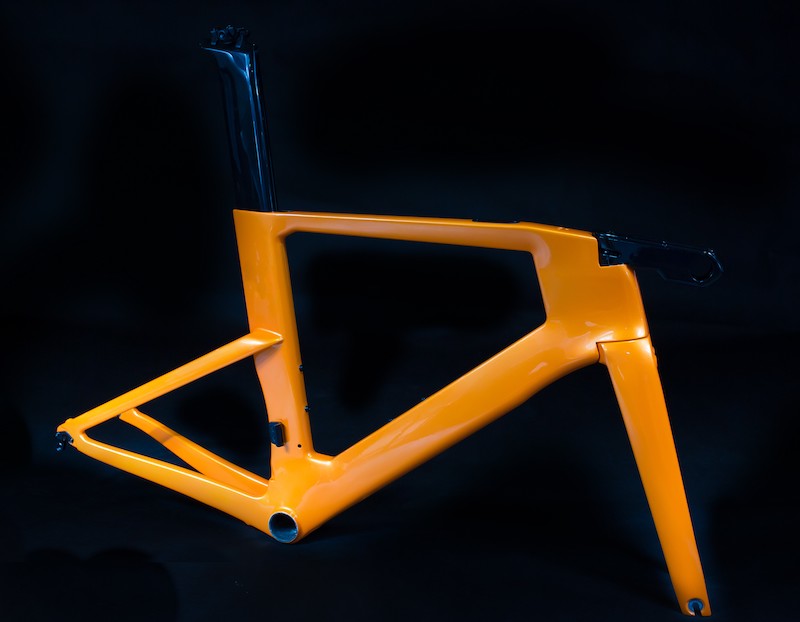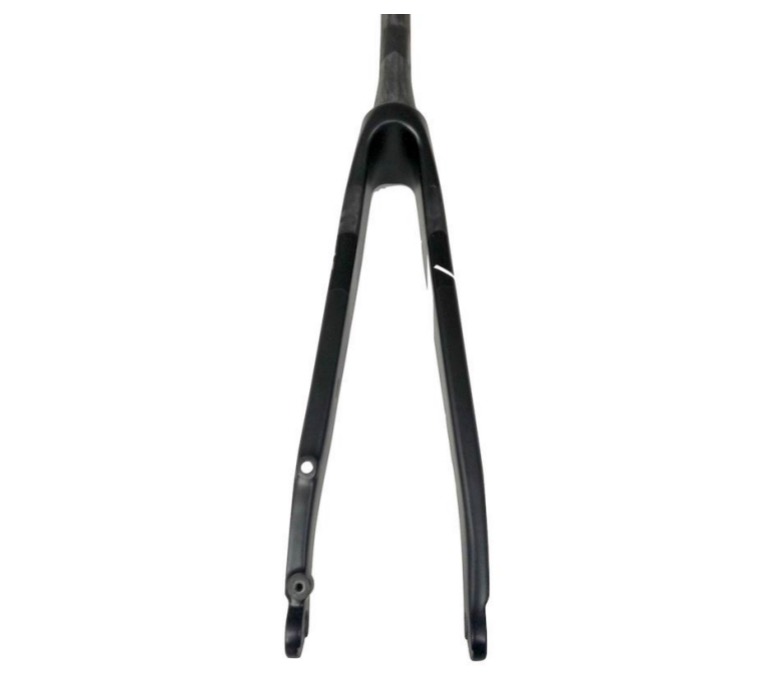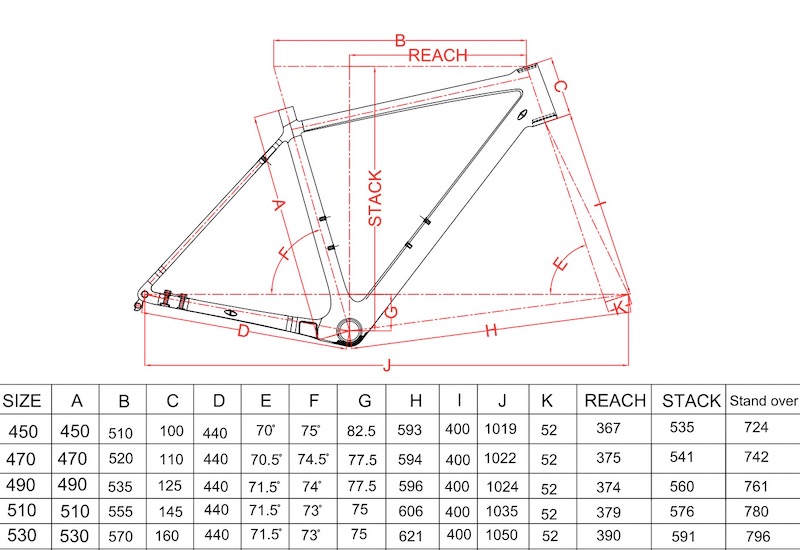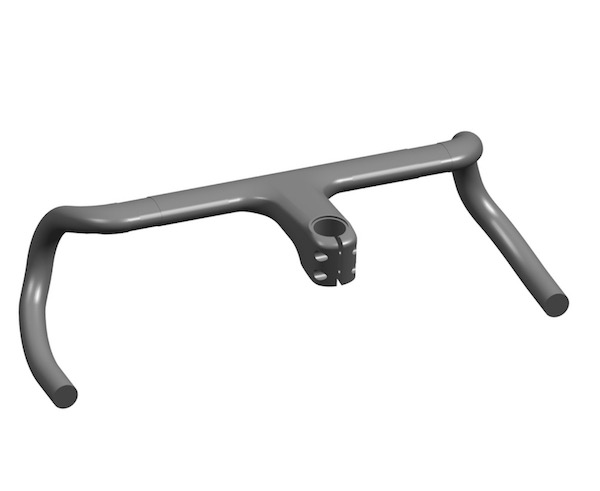Each cyclist know that gravel riding is booming in riding over recent years. But Not everyone knows that what gravel riding exactly is and how to begin to it.now let discuss and explain the gravel riding together.
Gravel biking describes the bikes cycling on roads, trails, and unpaved paths, which puts gravel riding in between mountain biking and typical road cycling. But, unlike mountain and road biking, gravel riding doesn’t fit to a specific location. Gravel riding may involved all types range of terrain, from rough, rugged mountain inclines and flat asphalt roads. literal gravel path to wooden tracks and everything path.This makes for a ride with beautiful landscapes, challenging but enjoyable conditions – all without traffic.
As many people known, versatility and flexibility are the important key when it comes to gravel bikes. Gravel riding always can bring people into extremely experience.from social rides,super chill riding to extremely physically exhausting racing.there’s always something in gravel for everyone.
what factors need to consider before choosing a gravel bike?
1,Rims&wheels
Many gravel bikes use 25mm tyre but disc brakes will go up to a 32mm or even more in some cases.
1) RIMS
Wider gravel bike rims give a more stable tyre profile – more of a horseshoe shape than a lightbulb – and eke a little more volume out of tyres, meaning you can get away with running lower pressures for better comfort, grip and control.
There isn’t consensus in the industry as to the optimum specs, but these days we’d suggest road rims should be at least 18mm wide internally, and gravel rims at least 21mm.
You’ll want reasonably wide rims to get the best out of gravel tyres.A further consideration is tubeless compatibility, something that’s worth having even if you’re not looking to try tubeless immediately.
If rims are tubeless-compatible, check whether the bits you need to go tubeless, like valves and tape, are included.
2) Wheels
Which wheel path you choose depends on your riding style and the terrain you plan to ride.
700C
The 700C has a larger rim diameter than the 650B and uses narrower tyres. This will allow you to ride faster and with less effort on better terrain and tarmac. The 700C wheel diameter combines optimum weight, grip and roll-to-drag ratio.
650B
The 650B wheels has a smaller rim diameter but uses wider tyres. This will allow you to maintain stable control over more rugged terrain (forest trails, mud, one-way roads, country trails, etc.). Lower the tire pressure so that the wide tire can better play its shock absorption performance, so that you ride more smoothly and comfortably.
If you have good paved roads and dirt roads for long rides, you can choose a 700C with narrow tires. For harder, grippy road conditions, 650B wheel diameter and wider tyres are preferred.
2, The brakes
Gravel bikes basically use disc brake. High braking efficiency and strong braking force can be maintained even in rainy weather. There are two main types of disc brakes.
1.Mechanical disc brake (route pulling disc brake, route pulling oil disc)
The principle is simple: In a cable-operated disc brake (sometimes referred to as a mechanical disc brake), the physical connection between the lever and the brake caliper is made with a wire cable.
The cable pulls a lever on the caliper, which usually pushes a pad on each side of the caliper into contact with the rotor. causing friction with the disc and slowing the wheels. The advantages are better compatibility and easier maintenance,more efficient and consistent stopping, whatever the weather.The disadvantage is that the feel is not very good, the length of the line will affect the brake feel (especially the rear brake), if the frame is all inside routing, routing pulling disc brake will feel more uncomfortable.
Although the feel and braking force of the pulling dish have improved, it does not change the substantial defect - the "huge" friction inside the wire.
2,hydraulic disc brake
In a hydraulic disc brake, a piston in the brake lever pushes hydraulic fluid through the brake hose when the brake is applied. The fluid pushes the brake pads together and against the brake rotor. When the brake is released, a spring pushes the pads away from the rotor and back into their housings.
Hydraulic disc brakes will work efficiently with convoluted hose runs from the brake levers to the brakes, so they are a good option for triathlon and time trial bikes with internal hose routing.
Disc brakes use a wide variety of pad designs and shapes. If you’re replacing your pads, you need to be careful that your new ones will fit your brake caliper.
The only downside is expensive. As for maintenance, we’d better to ask a professional shop to do that.
Generally speaking, the new cyclist will choose route pull disc brake. The 2nd expensive ones generally are route to pull oil dish or oil dish. The most expensive is the hydraulic disc brake.
3,Gravel Bike Frames material

Gravel Bike Frame material has 4 types that are aluminum,carbon, steel, titanium. They have their own advantages and disadvantages, in the purchase of the time to combine budget and needs to choose.
1,aluminum frames:
pros: Affordable, cheap, and easier to produce than carbon fiber. Although aluminum frame is not as hard as carbon and steel frame, but lighter than steel frame.
cons: Metal fatigue or corrosion.
Aluminum frames are ideal for beginners and advanced riders on a budget
2,steel frames
pros:Hard, durable, good power transmission, will not crack after collision, longer life than aluminum frame. Because the tube diameter of the frame is small, the appearance of the steel frame looks very unique
cons: It's heavier than aluminum and carbon.
3,gravel bicycle carbon fiber frames
Pros:Lightweight and hard, it has the highest hardness to weight ratio of the four materials. Perfect for performance riders and equipment enthusiasts.
cons: The price is expensive. After a serious collision, it is necessary to check the frame for injuries to prevent it from breaking while riding.
4,titanium frames
Pros:Titanium frames are similar to steel frames in that they are more rigid. Good rust resistance, more comfortable to ride
cons: Heavier than aluminum and carbon frames. Titanium alloys are also more expensive because of their high construction and manual costs.
Gravel bike frame size
Compared to road bikes, there’s not much different about gravel bikes when it comes to the choice of frame size. Those who ride a 54 cm road bike will also ride a gravel bike with these dimensions. The only thing of note is that many brands work with an S, M and L sizing system instead of indicating the size in centimetres and they often only have three or four frame sizes available. However, this is relatively unproblematic as you move around on the bike a lot more and don’t stay in one position as long as you would on a road bike due to the frequently changing terrain of a typical gravel ride. As such, the frame can be a bit too small or big without causing any issues. If you find yourself between sizes, the following rule applies: choose the larger frame if you’re intending to do long rides or multi-day trips and the smaller one if you’re going for shorter, more intense rides.
4, Gravel fork

The fork has a significant impact on handling, comfort and safety of the bike. Since complete bikes and most framesets already come with a suitable fork, this chapter is mainly applicable to custom builds and upgrades. With a new fork, you can dramatically change the feeling of a bike and it requires in-depth knowledge about geometry and its effect on the bike’s handling. If you’re not clued up but still want to swap the fork, for example for one with bottle cage mounts, you should make sure that the axle to crown length, rake and tire clearance are as close as possible to the original fork. Like the frame itself, forks are available in various materials.
Aluminium
Aluminium forks are the cheapest option for an upgrade. However, due to their poor damping properties and heft, they only make sense if you want to increase tire clearance, change the handling of a low-end bike or for special features such as bottle cages or fender mounts. Since almost all stock bikes currently on the market come equipped with carbon forks, your aftermarket aluminium options are rather limited.
Gravel Carbon forks
Gravel bike Carbon forks offer the most tuning potential. The aftermarket options in this segment cover all conceivable geometries and features so that everyone should find just what they’re looking for. Warning: stay away from carbon forks with aluminium steerer tubes! They’re temptingly cheap but usually of inferior quality. Constructed this way, they offer poor damping and are usually only slightly lighter than a model made entirely of aluminium.
Steel
Steel forks are on average at least twice as heavy as comparable models made of carbon. Nevertheless, they have some unique features to offer. Depending on the tube set used and the way they’re constructed, they can offer excellent damping while still being very stiff laterally. In addition, they protect the frame if you crash into something head-on (giving way before the frame does) and can also be straightened in case of minor deformations. Aftermarket steel forks are largely designed to be robust and offer features such as triple-cage mounts or eyelets for luggage racks and mudguards. If you’re worried about weight, require specific geometry or have any special requests, you’ll find what you’re looking for at your trusted frame builder – and you’ll often pay less than for a high-end carbon model.
Titanium
Titanium forks offer the most comfort. Their damping properties are almost unbeatable, they weigh less than their steel counterparts and thanks to the inherent properties of the material, they are arguably the most durable and toughest forks on the market. Unfortunately, they’re also the most expensive. Besides the considerable costs of the material itself, the aftermarket range is very limited and you’ll usually have to go to a frame builder who can work with titanium.
Suspension forks also make for an exciting aftermarket gravel bike upgrade. They range from various kinds of classic telescoping suspension forks to undamped leaf spring constructions. More on this later in our section on suspension.
5,How important are aerodynamics on a gravel bike?

What we discovered at the beginning of 2020 still holds true: aero is everything, but not on a gravel bike. There are some bikes with aerodynamic features but the real sources of wind resistance are the frontal surfaces of the 700 x 40C tires, the turbulence caused by aggressive tread, externally routed cables and the typically more upright riding position. So, don’t worry too much about aerodynamic optimisation and enjoy the fresh breeze blowing through your flannel shirt instead!
6.Which handlebars make sense on a gravel bike?

As we’ve already mentioned, there are no rules for gravel bikes and you can’t put them into any drawer. Rather, they are as difficult to pin down as Optimus Prime, not only available with different wheel sizes and various groupset configurations but also with different handlebars. Even if most gravel bikes come equipped with drop handlebars, flat mountain bike handlebars also deserve their place.




 English
English français
français Deutsch
Deutsch italiano
italiano español
español Email Us : sales@tourdecycling.com
Email Us : sales@tourdecycling.com






 IPv6 network supported
IPv6 network supported